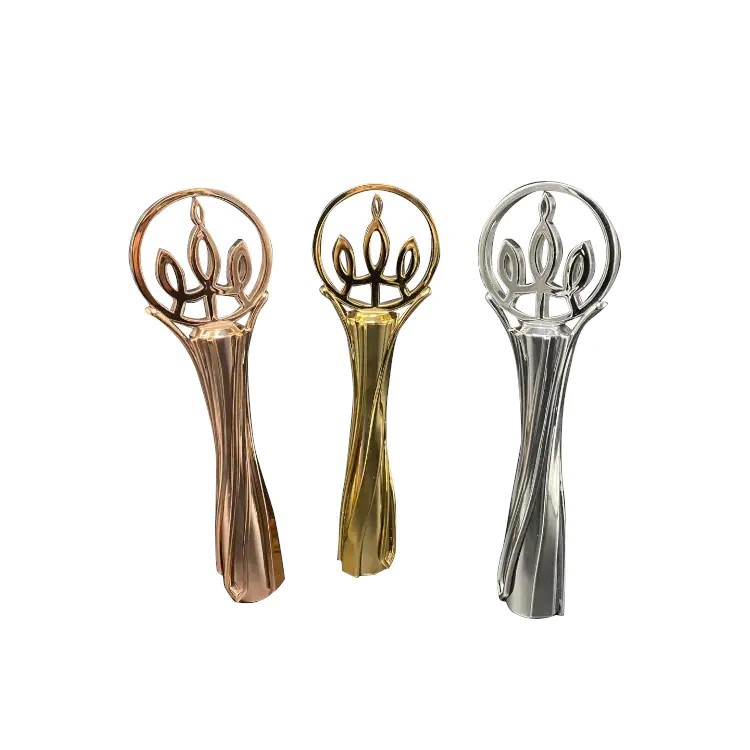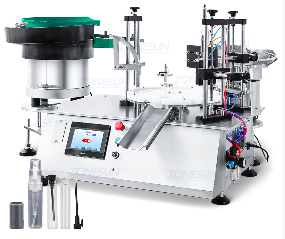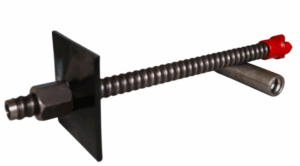Though there are various plastic manufacturing processes, injection molding has become common. Injection molding is used in mass production due to its cost from design to tooling. Meaning there is a need to use professional 3d print molding services.
Table of Contents
ToggleWhy 3D print molding?
Injection molds are blocks with cavities used to determine the shape of the product being manufactured. On the other hand, Molds are traditionally designed and produced through CNC milling machinery. Molds are difficult to alter after production as they are made of aluminum and steel. 3D printed injection mold, on the other hand, offers a more flexible and cheap alternative. Let’s look at the basic process of printing a 3D injection mold, materials, and some benefits.
How does 3d print molding work?
The 3D printing injection mold process is similar to how other 3D-printed objects are printed. However, for 3D print molding, a 3D model designed by CAD software is needed. The design is then saved in STL file format and sliced to G-code. Then, using a 3D printer, the molds get printed layer by layer. After that, just fit the molds into metallic frames ready for injection molding.
The Materials of 3d print molding
Generally speaking, a material with high stiffness and strength to withstand pressure during the injection process is necessary. Also, it needs to have high-temperature resistance and be flexible enough for mold removal.
Ideally, not all resins are suitable for 3D print molding. However, there are various materials to use;
Polypropylene (PP)
Nylon
Acrylonitrile butadiene styrene (ABS)
Polyethylene terephthalate (PETG)
Thermoplastic elastomers (TPE)
Polyoxymethylene (POM)
A 3D-printed injection mold is done by FDM, SLA, SLS, or material jetting. And since smooth surfaces and high dimension accuracy are essential for injection molds, SLA is the most preferred.

Why is 3D print molding becoming more and more popular?
A 3D-printed injection mold is beneficial if used under proper circumstances. Some of its benefits include;
Inexpensive: The 3D printing method is cheaper than CNC machining and metal raw materials. So even if there are several rejected molds, it won’t cost much like a mold made of titanium or steel. Due to this reason, it makes it the best method for small-scale businesses.
Design freedom: Unlike CNC machining, a subtractive method, the 3D printing method is additive. An additive process comes with a huge advantage. It can create designs that might be impossible for subtractive manufacturing.
Quick design freedom: Both CNC machining and 3D printing methods start by designing the parts in 3D modeling software. The only difference is the time and cost of creating 3D print molds. In addition, a 3D-printed injection mold is cheap; therefore, it is easy to make minor adjustments. This is an advantage that machines part cannot give.
Bottom Line
Using 3D printed injection molds combines two complementary manufacturing methods. With the development of society, 3D printing technology is being applied to all walks of life, especially for large-volume product production projects, injection molding and 3D printing are definitely a very cost-effective choice. This is especially true for small and micro enterprises with limited costs. The above is the basic guide for 3D printing injection molds. I hope it can provide some help to your project.
0




